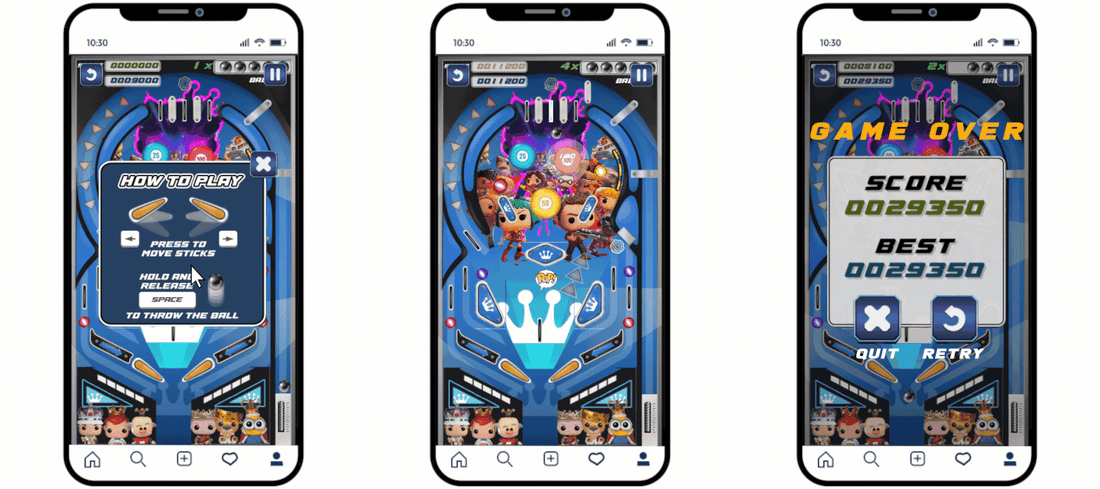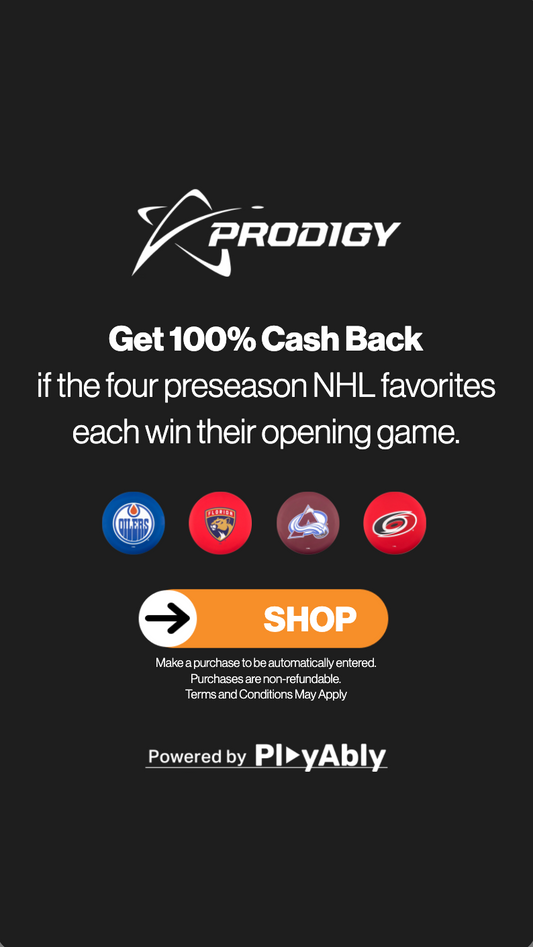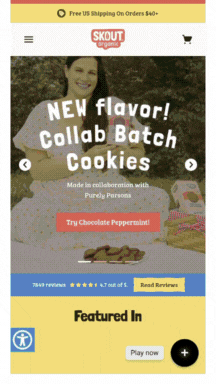Better Than a Spinner! The Case for Ethical Gamification
Vintage Cars Customizable Game
Creating Customer Journeys Experiences in eCommerce with Gamification
Download The Guide
While spinners and other basic engagement tools have been a staple in online marketing, they often come with significant downsides. Many users are aware that spinners tend to be gimmicky, with the odds rarely in their favor. Worse yet, these systems are easily compromised when discount codes are indexed by third-party sites, like Honey, which undermines the entire purpose of the promotion. Over time, this can degrade the trust and reputation of your brand. On the other hand, gamification offers a more transparent, engaging, and ethical approach to customer interaction, leading to longer-lasting results.
Spinners typically offer minimal interaction. The user clicks, waits for the wheel to stop, and either wins or loses. This shallow engagement doesn’t encourage a deeper connection with the brand, and once users become skeptical of the spinner’s fairness, trust is easily lost. Furthermore, when discount codes from these tools end up on password or coupon-sharing sites, the incentive is no longer exclusive to the intended audience. This broad distribution of offers dilutes the brand's value and erodes the excitement around participation(Statusbrew).
Vintage Cars Customizable Game
Gamification and conversion optimization go hand in hand. While gamification keeps users engaged, conversion optimization ensures that engagement leads to action—whether that’s making a purchase.
Download The GuideWhy Gamification is a Better Engagement Tool
In contrast, gamification provides a more meaningful and interactive experience. By offering users an opportunity to participate in games that are both entertaining and rewarding, brands can foster genuine engagement. Games that involve skill, knowledge, or strategy, such as trivia or challenge-based games, feel more transparent and fair to users. This transparency builds trust, as users feel that they have a real shot at winning or achieving something worthwhile.
One excellent example of gamification outpacing traditional engagement tools is Domino's “Piece of the Pie Rewards” program. This initiative allowed customers to earn points and redeem rewards by engaging with the brand through games and interactive experiences, which ultimately led to a 30% increase in sales(Elegant Themes). Unlike spinners, which may leave users feeling manipulated, gamified experiences offer genuine entertainment and value, resulting in a positive brand interaction that fosters loyalty.
Gamification Reduces Ethical Concerns
Another advantage of gamification over spinners is its ethical design. Spinners are often seen as rigged or lacking transparency, which can harm a brand’s reputation. In contrast, well-designed games that reward users for their participation—whether it’s a quiz, a leaderboard competition, or a scratch-off—can create an environment where users feel fairly treated and engaged. By incorporating clear rules, achievable rewards, and a transparent structure, brands can ensure that their gamification strategies don’t come across as manipulative.
Moreover, gamification allows for the creation of user-generated content, which helps boost brand visibility and authenticity. For instance, Red Bull’s Illume contest, which encouraged users to submit and vote on photos, fostered a sense of community and trust among participants. The transparency of the voting process made the contest feel fair, and the organic content generated by users helped increase brand engagement and visibility(dlvr.it)(Statusbrew).
The Long-Term Benefits of Ethical Gamification
Ethical gamification also leads to longer-term engagement than spinners. Games that incorporate multiple stages, achievements, or rewards over time keep users coming back. For example, Starbucks’ Rewards program incentivizes repeat engagement by offering users the chance to accumulate stars for each purchase, which can be redeemed for exclusive rewards(Emplifi). This model fosters long-term loyalty, as customers have an ongoing reason to interact with the brand.
In addition, ethical gamification can help brands gather valuable data about their audience. By asking users to participate in interactive games or challenges, brands can collect detailed insights into customer preferences and behaviors. This data can then be used to refine marketing strategies, improve personalization, and ultimately drive more conversions.



